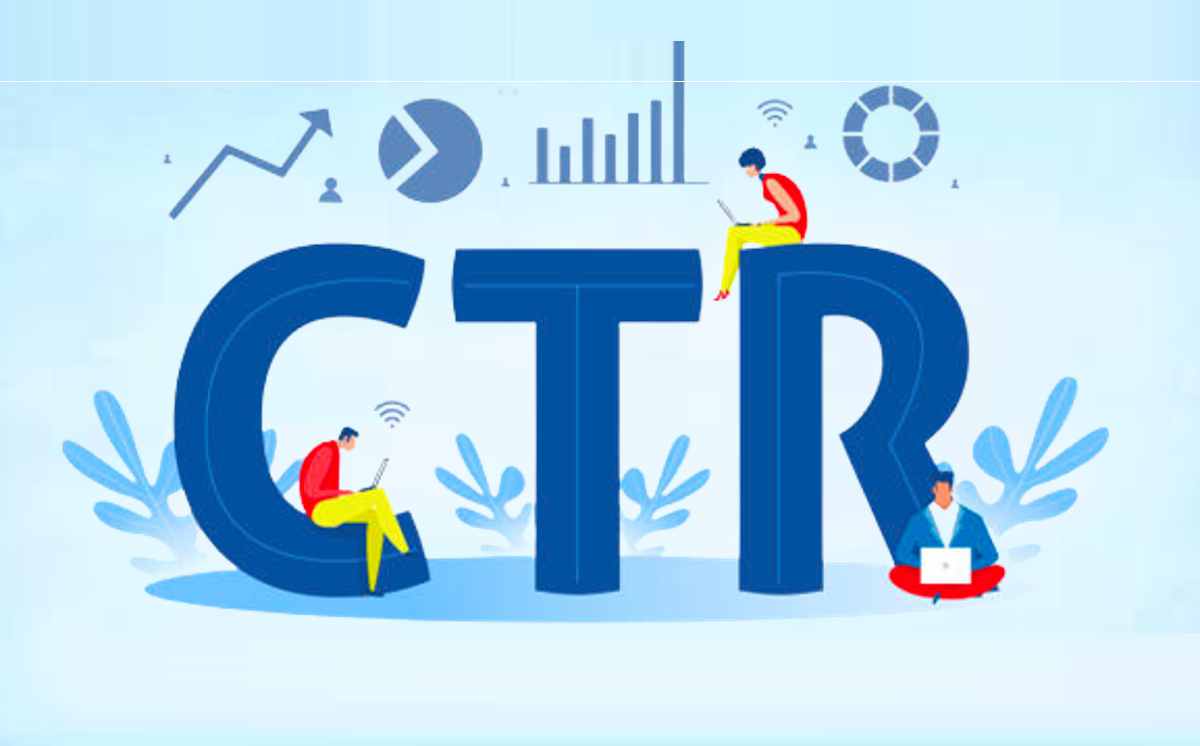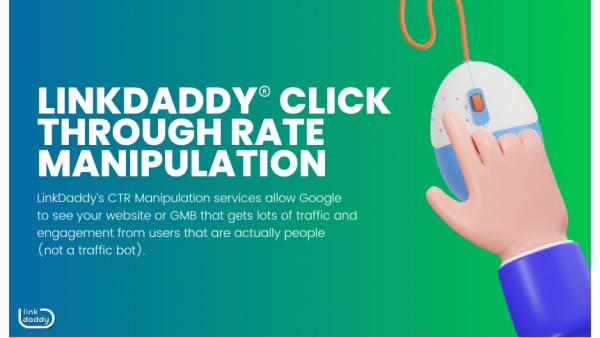Maximizing Organic Click-Through Rates With CTR Manipulation
The optimization of natural click-through rates (CTR) is a nuanced venture that depends upon comprehending both user psychology and efficient content presentation. By leveraging tactical control methods, such as powerfully crafted headlines and visually engaging components, marketers can dramatically enhance individual engagement. The landscape is raging with false impressions and oversimplifications concerning what truly drives CTR. As we discover the ins and outs of these techniques, it becomes necessary to recognize the underlying concepts that can bring about continual success in catching target market attention. What really distinguishes the efficient from the ineffective in this crucial element of digital advertising?
Understanding Click-Through Fees
Recognizing click-through rates (CTR) is necessary for reviewing the efficiency of on the internet advertising approaches. CTR determines the portion of users that click on a specific web link or promotion contrasted to the complete number of users that view it. A greater CTR suggests that the material is engaging and relevant to the target audience, while a reduced CTR might signal a demand for optimization.
To determine CTR, separate the variety of clicks by the number of impressions and multiply by 100. For circumstances, if an advertisement receives 300 clicks out of 10,000 impacts, the CTR would certainly be 3%. This statistics is vital for analyzing various aspects of electronic advertising and marketing, including seo (SEO), email projects, and social networks advertising.
In addition, examining CTR aids online marketers determine which methods generate the most effective results and which require refinement. By concentrating on enhancing CTR, organizations can boost their material's presence and effectiveness, causing enhanced traffic and potential conversions. Understanding the nuances of CTR is foundational for any kind of marketer intending to optimize their on the internet visibility and optimize roi (ROI)

The Psychology of Customer Actions
Individual habits is dramatically influenced by psychological factors that determine exactly how people interact with on the internet web content. Recognizing these factors is important for optimizing click-through prices (CTR) in natural search outcomes.
Emotional actions also considerably influence individual habits. Web content that reverberates emotionally can set off a sense of seriousness or curiosity, motivating individuals to click. Additionally, social evidence-- such as individual testimonials or rankings-- can improve trust and motivate involvement, as individuals commonly aim to the actions of others to educate their own choices.
Furthermore, the principle of deficiency can drive clicks - GMB CTR Manipulation. Limited-time offers or unique web content produce an anxiety of missing out on out (FOMO), engaging users to act quickly. Understanding these psychological vehicle drivers allows marketing experts to develop even more engaging web content that reverberates with their target market
Effective CTR Control Methods
Leveraging mental understandings can considerably boost click-through rates (CTR) via targeted control strategies. One of the most efficient techniques is using engaging headlines that stimulate curiosity or urgency. Wording titles as inquiries or integrating numbers can attract even more focus, motivating users to click.
An additional method involves maximizing meta summaries to create a sense of significance and immediacy. get redirected here By plainly laying out the options or benefits supplied in the web content, you can engage potential visitors and convince them to click. Furthermore, using power words-- such as "unique," "verified," or "free"-- can improve the appeal of your content.
Visual elements additionally play an essential duty. Incorporating distinctive photos or thumbnails can draw customers in and boost CTR. A/B screening different visuals can assist recognize which images resonate ideal with your target market.
Finally, making certain that your content assures deliverable value causes higher CTR. They are much more likely to involve when users view that clicking will provide them with significant insights or services. By using these strategies thoughtfully, marketing experts can efficiently adjust CTR to their benefit while maintaining ethical standards.
Usual Misconceptions Concerning CTR
Numerous misunderstandings border click-through prices (CTR) that can lead online marketers to make misdirected decisions. One widespread misconception is that a greater CTR constantly converts to much better efficiency. While a high CTR suggests that more users are clicking, it does not ensure conversions or sales. Ultimately, the performance of traffic depends on the high quality of the touchdown page and the relevance of the material.
One more common idea is that CTR is a separated metric. Actually, CTR should be examined together with other efficiency signs, such as bounce rate and conversion price, to obtain an alternative view of project success.
Furthermore, some marketers assume that optimizing for CTR alone suffices. Nevertheless, focusing specifically on CTR his explanation can cause clickbait methods that might draw in clicks but stop working to engage users meaningfully. This technique can damage brand name reputation and outcome in reduced retention prices
Last but not least, there is a concept that CTR methods are generally reliable. The fact is that ideal CTR tactics can vary significantly across industries and target market, necessitating tailored strategies for various market sectors. Comprehending these myths is critical for establishing reliable CTR techniques that align with overarching marketing goals.
Determining CTR Success
Although high click-through rates (CTR) can show effective interaction with content, measuring their real success requires a detailed analysis of a number of aspects. First, it is important to understand the context in which the CTR is achieved. For example, a high CTR on a misleading title may not translate to significant engagement or conversions, inevitably mirroring poorly on the brand name's integrity.
Second, evaluating the source of traffic is critical. Organic traffic from online search engine can symbolize a durable content approach, while clicks from pointless sources might show an absence of targeting. Furthermore, measuring the subsequent customer actions is essential; evaluating metrics such as bounce price, time invested in page, and conversion rates can supply much deeper understandings into the high quality of the involvement launched by the CTR.

Verdict

The optimization of organic click-through rates (CTR) is a nuanced undertaking that pivots on understanding both user psychology and efficient material presentation. CTR determines the portion of customers who click on a particular web link or ad compared to the overall number of users who watch it. A higher CTR shows that the content is involving and relevant to the target audience, while a lower CTR might signal a requirement for optimization.
Focusing solely on CTR can lead to clickbait methods that may draw in clicks yet fail to involve customers meaningfully. Additionally, determining the succeeding user habits is essential; evaluating metrics such as bounce price, time invested on web page, and conversion rates can supply much deeper insights into the high quality of the involvement initiated by the CTR.